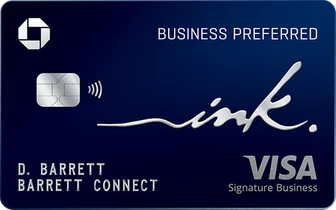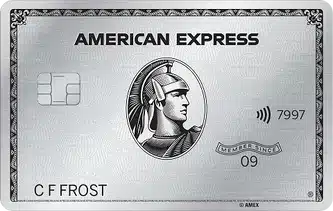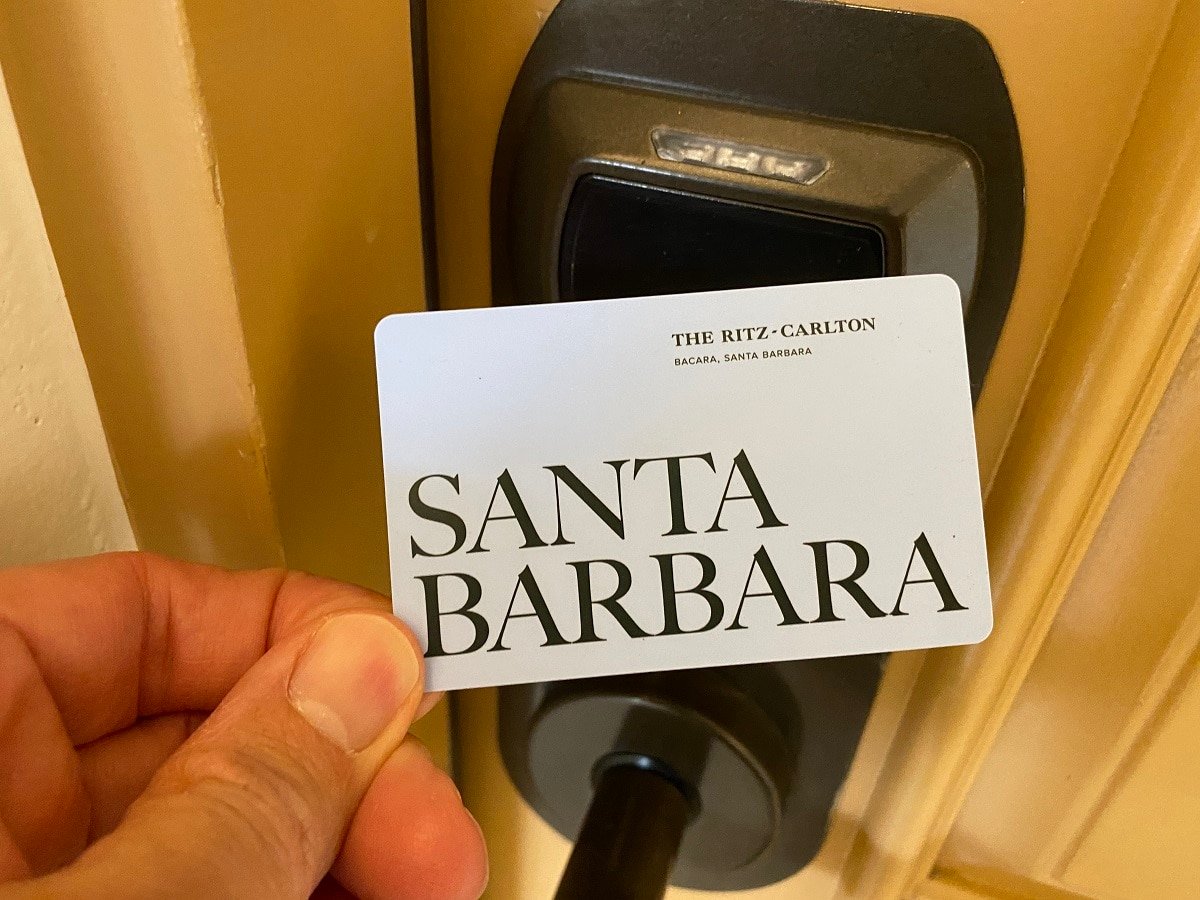This post contains references to products from one or more of our advertisers. We may receive compensation when you click on links to those products. For an explanation of our Advertising Disclosure, visit this page.
Paying a credit card annual fee is extremely common. For anywhere from $69 to $250 and up, you can get lucrative benefits and rewards as a cardholder. In fact, the highest annual fee among mainstream consumer credit cards belongs to The Platinum Card® from American Express, which is $695 a year (See Rates & Fees).
Such an eye-popping number leads many consumers to wonder, does it ever make sense to pay an annual fee on a credit card? As with any financial product, the answer is sometimes yes, sometimes no. Let’s take a closer look.

Terms apply to American Express benefits and offers. Enrollment may be required for select American Express benefits and offers. Visit americanexpress.com to learn more.
Credit Card Annual Fee History
The earliest known reference to credit card annual fees was the one charged by Diners Club in 1950. According to a 2006 story in the Pittsburg Post-Gazette, Frank McNamara sold 200 such charge cards for a $3 membership fee. This allowed cardholders to use the card to pay for dinner bills at (a whopping) 27 participating restaurants.
Whether it was $3 back then or $695 now, annual fees serve an important purpose in the credit card market. It allows card issuers to be able to afford to offer cardholders a large number of benefits. It also helps to distinguish the marketing and positioning of the card in the marketplace.
The general rule of thumb is that the higher the annual fee, the more benefits you’ll be able to accumulate. “Reward Junkies,” or those who try to take advantage of as many credit card benefits and rewards as possible will attest to the fact that you need to maximize your card benefit usage to justify the annual fee.
Example #1 – United Explorer Card ($95 Annual Fee)
Let’s take a look at the United℠ Explorer Card. For a $95 annual fee, waived the first year, you would receive several card benefits. This includes a:
- $100 statement credit for Global Entry, TSA PreCheck®, or NEXUS
- 25% off in-flight purchases
- First checked bag free
- Priority boarding
- Two United Club (lounge) passes annually
The United Explorer is one of the best credit cards for flight purchases.
After the first-year fee waiver, deciding whether it is worth it to pay the annual fee depends on which benefits you take advantage of during the course of the calendar year. For example, in year two, you could use the every-four-year $100 statement credit for a Global Entry application, which would, in and of itself, justify the annual fee. But in year three, with the Global Entry statement credit gone, you’re left to rely on the other benefits to “make back” your $95 annual fee.
Is it worth it?
That’s when your mental math has to come in. What do you value the in-flight purchase discount at? What would you value the United Club passes at? The latter has a monetary value already set at $59, which is the price of the pass if you were to buy a day pass. But the former depends on what you buy in-flight or if you even take a United flight that year.
There’s also the cost of checking a bag and paying extra for priority boarding. If you can offset the annual cost with those two perks, the United Explorer Card can be worth it.
What if you took advantage of the lesser-known features of the card, like lost luggage reimbursement, baggage delay insurance, or others? While it is not something you plan on, it is a way to easily “cover” the annual fee many times over.
Example #2 – The Platinum Card from American Express ($695 Annual Fee)
The equation gets trickier when the stakes are higher. Taking a look at The Platinum Card® from American Express, a $695 annual fee seems daunting to rationalize. The annual fee is $695 (See Rates & Fees) but can be offset with the perks, which are valued at over $1,400.
Cardholders can get up to $200 back in statement credits each year on prepaid Fine Hotels + Resorts® or The Hotel Collection bookings with American Express Travel when paying with their Platinum Card®. The Hotel Collection requires a minimum two-night stay.
Also, get up to $200 in statement credits per calendar year in baggage fees and more at one select qualifying airline.
Plus, American Express Platinum Card cardholders can enjoy complimentary entry to The Centurion® Network.
Other Platinum Card from American Express Benefits
There’s also a digital entertainment credit, making this card one of the best for streaming services. Cardholders can get up to $20 in statement credits each month when they pay for eligible purchases with the Platinum Card®. Enrollment required.
In addition to enjoying TSA PreCheck or Global Entry access, cardholders can also enjoy CLEAR perks. Cardholders can use their Card and get up to $189 back per year on their CLEAR® membership.
Get the full details and learn more in our in-depth The Platinum Card from American Express review.
Welcome Bonus
New The Platinum Card® from American Express cardmembers can earn 80,000 Membership Rewards® Points after spending $8,000 on purchases on the Card in the first 6 months of Card Membership.
On other perks like Centurion Airport Lounge access, Amex offers shopping discounts and extended warranty protection that could easily help you make up the fee. But this is only if you take advantage of the multitude of card benefits and travel often.
Example #3 – Citi Double Cash card (No Annual Fee)
The information for the Citi® Double Cash Card has been collected independently by Johnny Jet. The card details on this page have not been reviewed or provided by the card issuer.
Finally, sometimes paying no annual fee is a better way to go. The Citi® Double Cash Card is a shining example of this alternative way of thinking. With this card, you earn 1% cash back when you make a purchase and another 1% cash back when you pay your bill. If you never carried a balance, you would easily earn 2% back on every single purchase you made.
To earn the cash back, simply pay the minimum amount due on time each month.
While “reward junkies” may lament the inability to devise a strategy that allows them to maximize their card spending pattern to game the rewards system, most years will instead appreciate the simplicity of this card. Instead of messing around with points or miles, you’re getting straight cash back. And with no annual fee to boot.
Is the Credit Card Annual Fee Worth It?
In conclusion, annual fees are extremely common in the credit card industry. The higher the fee, the better the card benefits and rewards. But you may have to break out an Excel spreadsheet or a 10-key calculator to truly determine whether paying an annual fee on your credit card is worth it.
The best advice is to analyze spending habits and have a specific goal in mind. If the card that will earn you the most back has an annual fee, determine how you will use your bonus. Knowing how you plan to use the bonus and the perks can help you determine if the credit card annual fee is worth it.
Related Articles:
- The Best Limited Time Credit Card Offers
- Which Credit Cards Have A 200,000 Miles Bonus?
- Capital One Venture Rewards vs Capital One VentureOne Credit Cards
For rates and fees of The Platinum Card® from American Express, please click here.
Eligibility and Benefit level varies by Card. Terms, Conditions and Limitations Apply. Please visit americanexpress.com/benefitsguide for more details. Underwritten by New Hampshire Insurance Company, an AIG Company.







